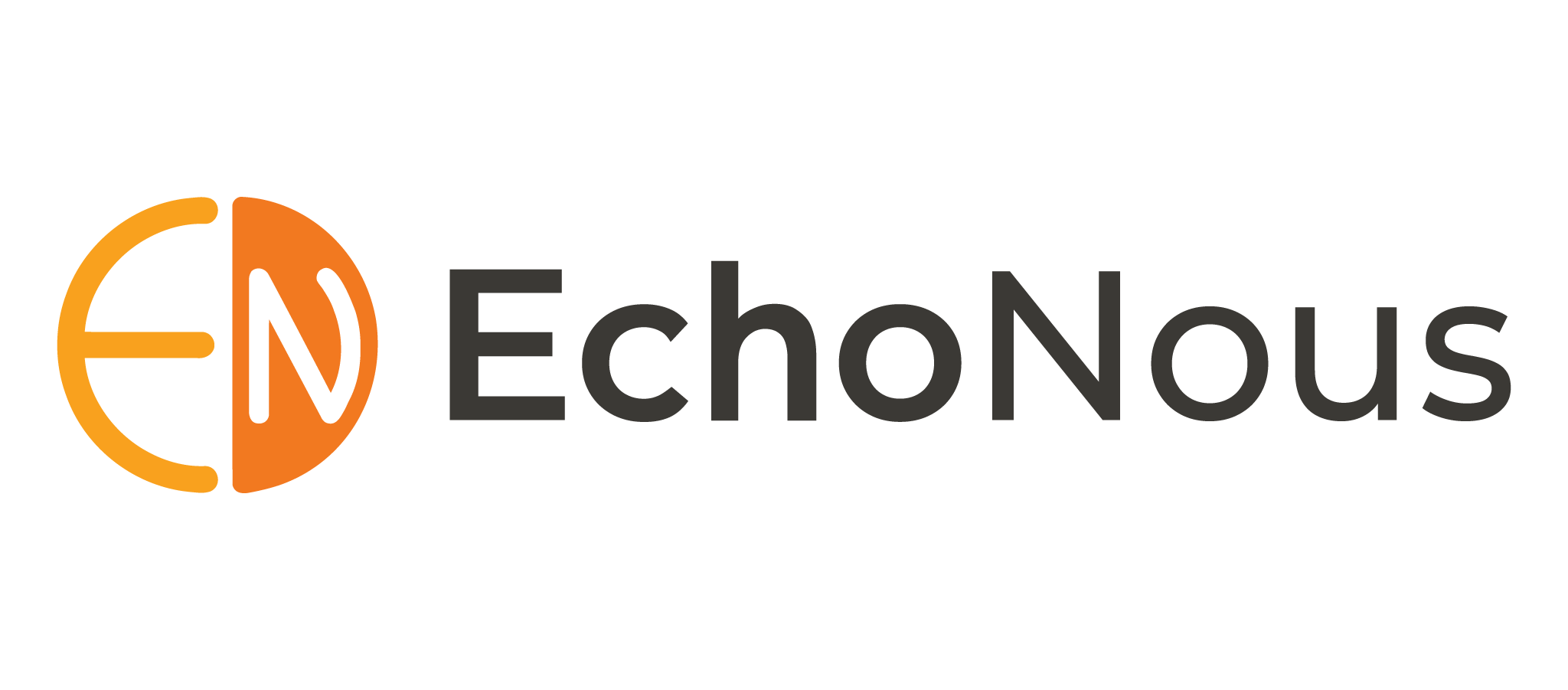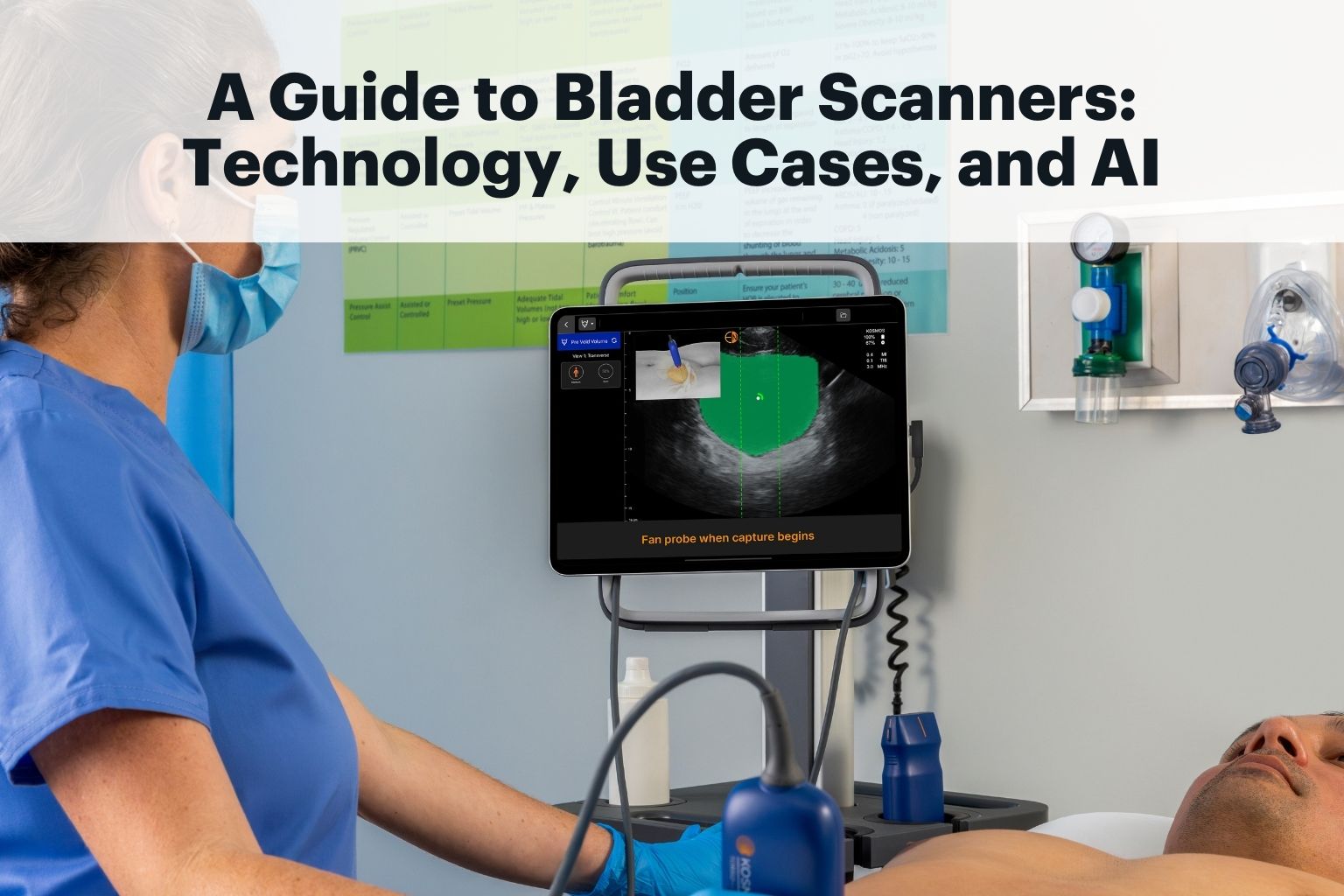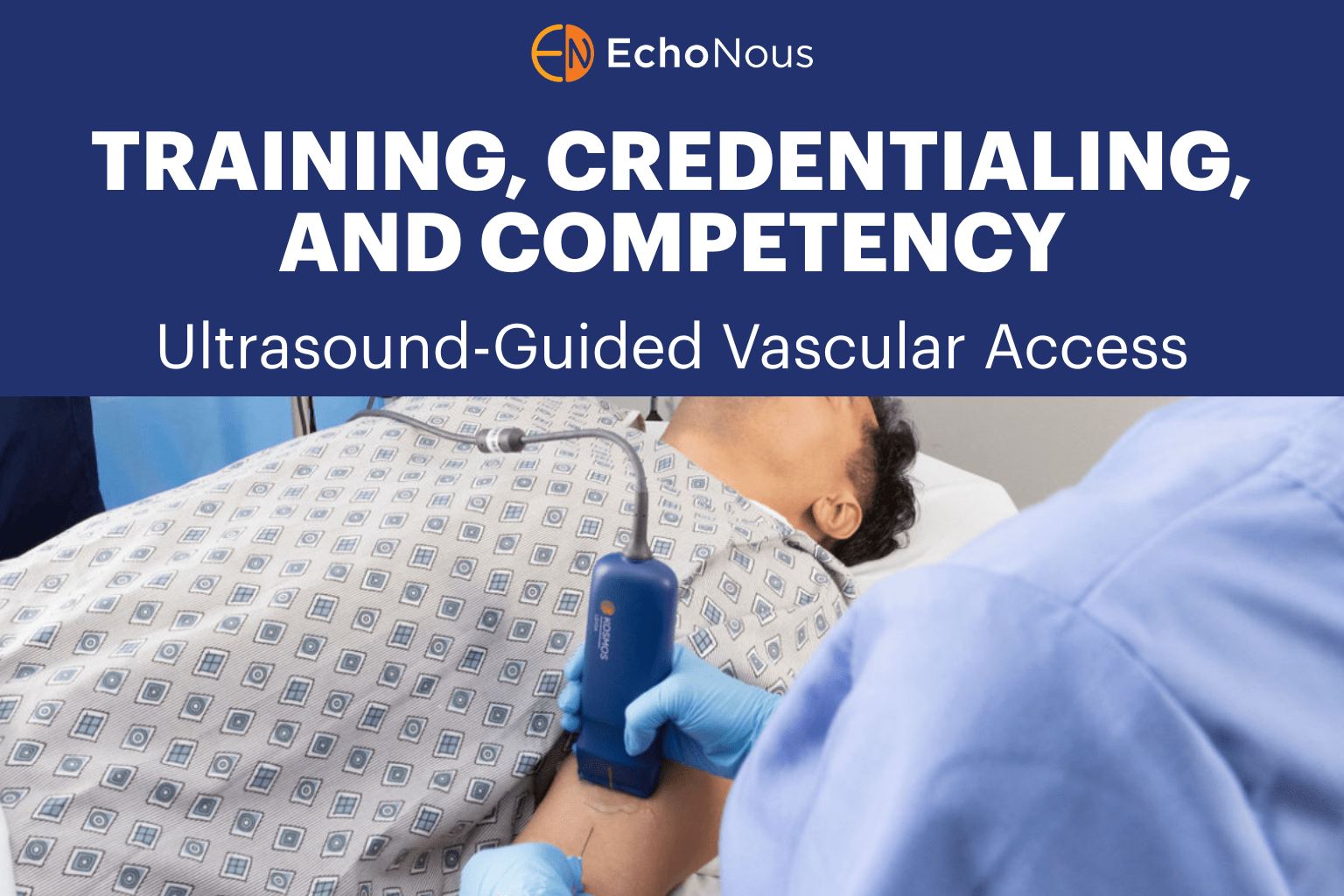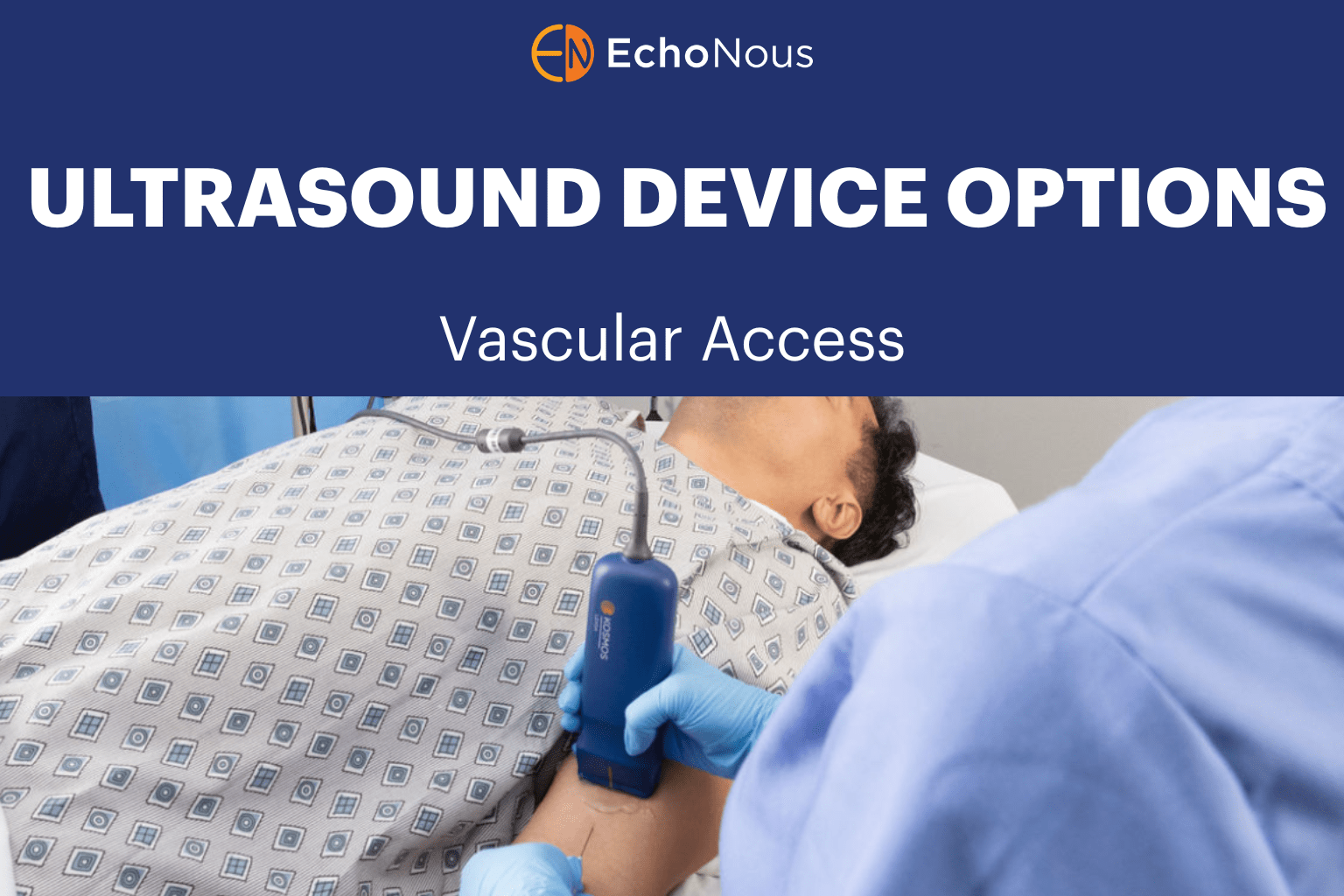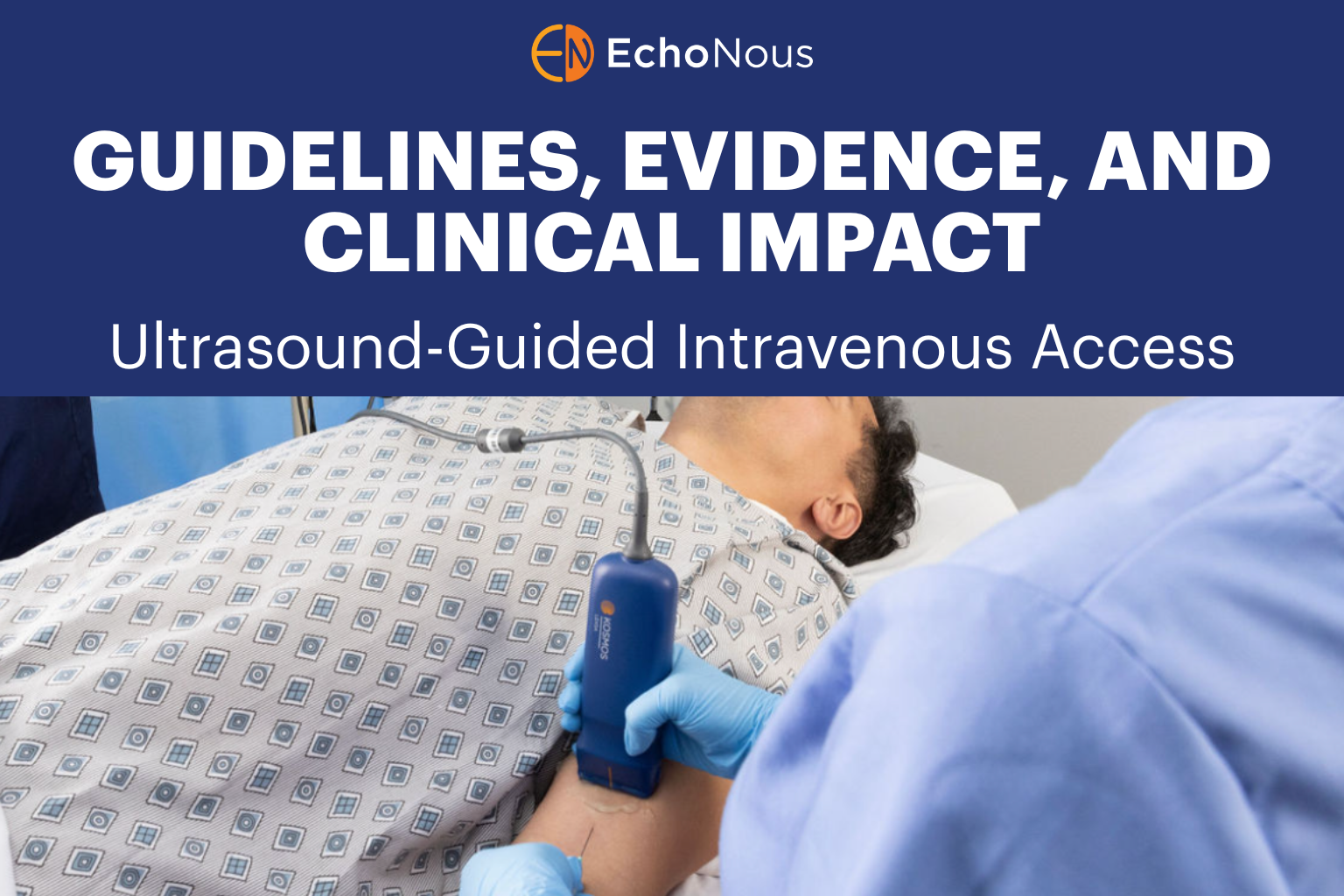Direct Primary Care Enhanced by POCUS:
A Conversation with Dr. William Steelman
Part 1
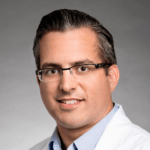
Dr. William Steelman
DO, FACOI

Luke Baldwin
VP of Global Marketing, EchoNous
Luke Baldwin, VP of Global Marketing at EchoNous, recently had an in-depth conversation with Dr. William Steelman discussing the growing direct primary care model, which emphasizes direct physician access and personalized medicine. In this interview, Dr. Steelman shares his insights on integrating point-of-care ultrasound (POCUS) into direct primary care.
[Note: This interview has been edited for clarity and brevity.]
Introduction
Dr. Steelman’s journey reflects the transformative potential of direct primary care and personalized medicine. With his background in internal medicine and expertise in ultrasound, he offers a unique perspective on the future of primary care.
Journey and Background
Dr. William Steelman, born in Virginia Beach to a US Navy family, embarked on a journey that led him to a new approach to primary care. After earning a BS in Chemistry and pursuing graduate studies in Pharmacology and Toxicology, he obtained his medical degree from Kansas City University of Medicine and Biosciences.
Following his Internal Medicine residency in York, Pennsylvania, he sought diverse experiences under various mentors, honing his skills in hospital and clinical settings. After more than 12 years of practice, Dr. Steelman fulfilled his long-standing dream by establishing Steelman Medical Group. Driven by a vision of patient-centric care, he aimed to create an organization free from the constraints of bureaucracy and insurance, prioritizing the individual needs of his patients.
Luke Baldwin: Can you tell us more about direct primary care and how it compares to concierge medicine?
William Steelman, MD: So, the term “concierge” helps our community understand the boutique services we offer, but essentially, we operate a direct primary care model, mainly focusing on family practice and internal medicine.
Direct primary care is a direct relationship between the patient and the physician, eliminating middlemen and insurance administrative processes. We don’t bill insurance and accept anyone. The approach can vary, but the goal remains the same: changing our flawed insurance-based system, which inflates prices and reduces access to care, leading to unnecessary visits to urgent care centers, ERs, and specialists.
This model refers to the traditional family doctor who knew your entire family’s medical history and had a personal relationship with patients. We’re reviving that personalized care while addressing the current system’s failures. Patients endure long waits for appointments and brief interactions with physicians, resulting in reactive “sick care” rather than proactive healthcare.
Direct primary care allows longer patient visits, (three hours in some cases!), compared to the rushed consultations of traditional practices. The current insurance-based model forces physicians to pack their schedules to maintain profitability, leading to inadequate patient care and escalating costs.
Telemedicine has become increasingly popular but lacks the personal touch and continuity that primary care physicians provide. Independent practices have dwindled as hospitals offer stability in exchange for packed schedules and limited patient interaction. With direct primary care, patients bypass administrative burdens and have a dedicated physician to coordinate their care, reducing unnecessary ER visits and specialist referrals. Ultrasound technology enhances diagnostic capabilities, potentially preventing costly procedures and hospitalizations.
As technology advances, patient expectations for immediate and comprehensive care will increase. Direct primary care addresses this need by providing timely and personalized medical attention, which is particularly important for an aging population facing chronic health issues. Patients often end up in the ER without consistent primary care management, resulting in significant financial burdens. Direct primary care offers a solution by fostering long-term relationships between patients and physicians, promoting preventive care, and reducing healthcare costs in the long run.
Direct Primary Care: A Solution for Healthcare?
Luke Baldwin: That’s really helpful. It’s clear that healthcare today needs fixing. For a nation like ours, the current state of healthcare is inadequate. Everyone feels it, and the numbers reflect that.
William Steelman, DO: I came across something interesting recently. Studies often compare us to Northern Europe and the Nordic countries because they excel in universal data sharing. Unlike the US, they’ve got it down pat over there and can easily generate and compare data.
Universal data sharing in those countries allows for easier data generation than our fragmented system. These two facts are linked, despite spending less on primary care and more overall than many other countries. It’s important to note that investing in basic medical care, focusing on coordination and prevention, brings more benefits than pouring resources into specialized treatments or tests.
We need to prioritize the basics. Direct primary care offers a solution by restructuring payment models. We operate on a monthly membership basis, similar to Netflix or Costco, with no additional copays or charges for exams like ultrasounds.
I chose this model to embrace technology and provide optimal service. Waiving procedure fees aligns with my goal of saving costs for patients and ensuring the sustainability of my practice. It’s a financially sound decision that complements our commitment to quality care.
Luke Baldwin: So, you’re really adding value to your patients. Can you share your journey to direct primary care and how Steelman Medical Group came about? You spent around 12 years as a hospitalist, right?
William Steelman, DO: Yeah, for 12 years in total. I worked and trained in a small rural hospital outside of Philadelphia. It would be a non-traditional training because we didn’t have any specialists. We had very few. We had a nephrologist and an oncologist who would come around, but it was a small hospital, maybe 100 beds. I can’t remember exactly, but the training was very robust.
We were forced to have a comfort level beyond what I would say most of the grads come out with now. When I left there in 2012, I wanted to go out and see the whole world. I went to Penn State Hershey. I went all over Philadelphia, I saw everything I could get that would teach me something new, and I learned anything from every surgeon, internist, and family doctor they could show me.
I traveled a lot. I did what they call locum tenens, which is moonlighting. It’s an easy way to pay off loans. And you come in, and somebody is sick, or somebody is out for a couple of weeks, and you step in and do their bit, you know, and then you move on. Sometimes, they keep you for a couple of months, sometimes, for a couple of years, and I saw maybe 12 different major hospital systems along the East Coast before I moved down to Texas, finally to north Houston.
Founding the Steelman Medical Group
Luke Baldwin: What led you to open the Steelman Medical Group? And as a hospitalist, what prompted the shift towards direct primary care?
William Steelman, DO: Well, I didn’t start that way. Initially, I needed to open an office because I was in the hospital, and no one had a primary care doctor. When patients left the hospital, their discharge paperwork instructed them to follow up with their primary care physician, but many didn’t have one.
I found myself wondering, “How is this going to work? Who’s going to adjust their medication in two weeks? Who’s going to check to make sure their pneumonia went away?”
Primary care is the base of the pyramid; without it, everything falls apart. People kept asking when I was going to start an office. I took my time, about six years down here, getting to know the local community and specialists and building good relationships. Initially, I planned for a traditional insurance program. But as I delved into the research, I realized the standard approach didn’t sit right with me. The rushed 7-minute appointments just weren’t conducive to good medicine, as everyone knows.
The challenge was how to ensure everyone gets seen. I couldn’t solve all the world’s problems, but I could focus on making this part better. That’s where direct primary care came in. Now, there’s a robust infrastructure and support groups helping with cash pricing, which slashes costs by 90 to 95% compared to traditional insurance.
For instance, recently, I had a patient spending over $200 a month on generic prescriptions, typical everyday stuff. They were on a traditional insurance PPO. When I integrated direct primary care with cash-based pricing, it opened up a free market approach. We’re getting our pills at a fraction of the cost—what you’d buy for $10 at Walmart is just $0.30. By sourcing prescriptions differently, I managed to save a patient $200 a month. Market forces like these can significantly improve patient outcomes and compliance.
When we prescribe medications, only a small percentage of people follow through with filling and taking them. That’s a big problem. It’s about access, cost, and ensuring refills arrive on time. Accountability and access are what we’re all about.
The Three Pillars of Direct Primary Care
Luke Baldwin: What are the benefits of direct primary care for patients? You mentioned cost savings, among other things. Could you elaborate on that?
William Steelman, DO: I’ll address people’s preferences in order. The number one thing, hands down, is access. Having a doctor available 24/7, whether through a phone call or a text, is key. I’m not just your doctor but your neighbor, brother, and friend. Shoot me a text, even if I’m sleeping, and I’ll wake up to reply. If you need to see me in person, I’ll get you into the office pronto—usually the same day or the next day.
Access isn’t just about making appointments but cutting through the red tape. Why endure all this bureaucracy for basic care? It doesn’t make sense, especially when you see how it drives up healthcare costs. But when we open things up to market forces, costs drop, options expand, and quality rises.
Who doesn’t want to save time and money? My buddies always tell me horror stories about sitting in a doctor’s office for hours. We can change that. You shouldn’t have to take a whole day off work for a doctor’s appointment. Come see me after work. Are you feeling sick at the airport? I can come to you. We’ve got options—texts, calls, video conferences—all secure under HIPAA. I don’t have a problem with access, but not everyone has that luxury, and access is a big deal for most people.
Let’s talk about cost and transparency—the second part of the equation. It’s about cutting down on spending and making things crystal clear. The medical world can be a maze, deliberately complex, it seems. You’re sent off for tests, but why? What do the results mean? That’s where I come in. I break it down for you, diving deep into the science if that’s what you want. Whether you’re an engineer who loves to dissect things or someone who just wants the bottom line, I’ve got you covered. In direct primary care, we keep it simple—we operate on a cash basis. No convoluted codes, no prior authorizations, no surprises. Have you ever paid for something with insurance only to receive an unexpected bill later? Yeah, we’ve all been there. But not here.
Transparency is our thing. You see exactly what I pay for, with minimal administrative fees to keep things running smoothly. Lab costs? You know upfront, and it’s a fraction of what you’d pay elsewhere. I keep you in the loop with emails, texts, and personalized planning sessions. Maybe all you need is to know I’m on call for you. Or perhaps you want me by your side at a specialist appointment or in the ER. Wherever you are, I’ve got your back. Even if you’re miles away, I can send your records electronically, ensuring seamless care wherever you go. It’s all about options and clarity, putting you in control of your healthcare journey.
Let’s talk about the third piece of the puzzle—personal connection. It’s what makes healthcare human. You’re not just a name on a file; you’re someone I know, and you know me. We’ve shared our histories, and that builds trust. Trust is crucial in primary care. If you don’t trust your doctor, you’re less likely to follow their advice, delaying treatment and potentially harming your health. On the flip side, a good relationship with your doctor can profoundly impact your well-being. I’ve seen too many people end up in the hospital because they didn’t have a primary doctor to turn to. Emergency rooms are costly and inefficient for everyday issues. They can handle it, sure, but at a hefty price.
When you have a good relationship with your doctor, their impact on your life can be significant. On the flip side, I often see people in the hospital because they don’t have a primary doctor to turn to. Emergency rooms aren’t the most cost-effective or efficient for everyday healthcare needs; they can charge hefty fees for basic services. This financial strain can be burdensome, especially when people are already struggling financially.
The financial strain shouldn’t be a barrier to healthcare. And that’s where the freedom from third-party administrators comes in. In medicine, the real payers are you—the patients—and your employers. Third-party administrators just shuffle money around. Cutting out the intermediary can make healthcare more affordable and efficient. It’s not about cutting corners; it’s about focusing resources where they’re needed most. By prioritizing preventive care and early intervention, we can keep you healthier and reduce the need for expensive treatments down the line. It’s a win-win for everyone involved.
Beyond the personal connection, there’s the freedom from being constrained by third-party administrators. It’s important to remind people that patients and employers are the true payers in healthcare, not third-party administrators who simply redistribute funds. Cutting out the person in the middle can potentially reduce costs and improve overall financial outcomes. Suppose insurance companies begin to utilize our services as they do in other parts of the country. In that case, they might discover the financial benefits we offer, such as reducing costs, minimizing high-end follow-ups, and decreasing the need for referrals. Ultimately, prioritizing preventive care and early intervention can lead to better health outcomes and potentially lower healthcare expenses in the long run.
Stay tuned for part two where the conversation dives feeper into the economics, incentives, outcomes, and role of technologies like POCUS in the Direct Primary Care Model!
To learn more about Kosmos, contact us today!
